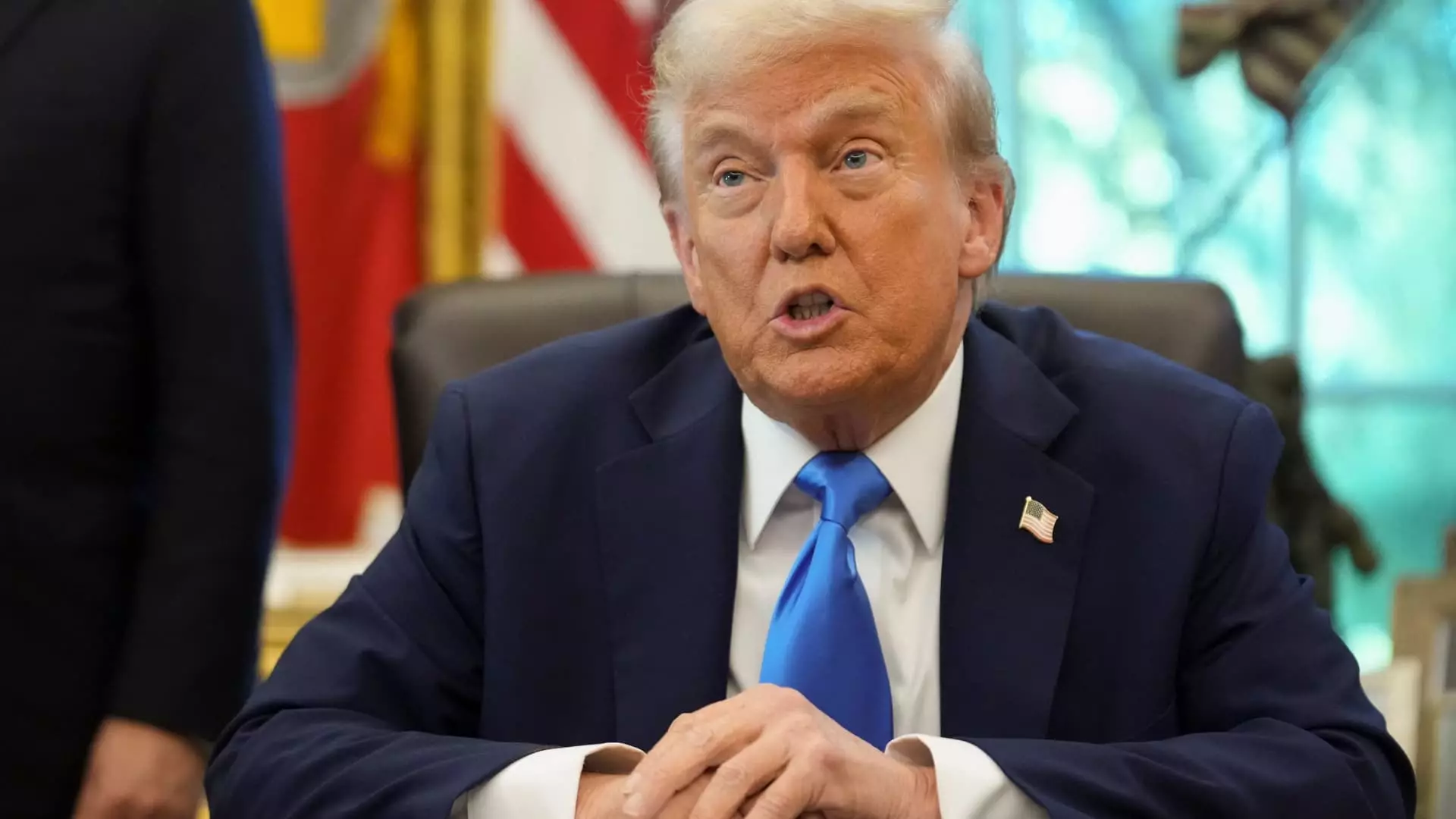In an unexpected and controversial move, the Trump administration announced plans to impose a staggering $100,000 fee on new H-1B visa applications, fundamentally altering the landscape of highly skilled immigration into the United States. This decision ignited immediate chaos across the tech industry, which relies heavily on international talent to drive innovation, growth, and competitiveness. Such a high fee isn’t just a financial burden—it’s a strategic slap that threatens to destabilize decades of labor integration and global collaboration. The move highlights a shift from pragmatic immigration policies aimed at filling skill gaps towards punitive measures that seem designed to favor protectionism over economic dynamism.
This drastic fee, applicable only to new applicants, aims to dissuade companies from employing foreign talent, especially those from India and China, which historically comprise the majority of H-1B recipients. However, creating such a financial barrier raises serious questions about the broader implications for U.S. competitiveness. Tech giants like Amazon, Microsoft, Google, Facebook, and JPMorgan Chase count thousands of H-1B visa holders among their workforce—these are not mere numbers but vital, high-skilled contributors whose absence could stymie ongoing innovation and delay technological progress. For these companies, this fee isn’t just a cost; it’s an existential threat to their ability to operate at the cutting edge.
The immediate reactions from the business community reveal a collective alarm. Major firms have instructed their H-1B employees and potential applicants to remain in the country or return home, fearing that international travel might jeopardize their visa status amid the regulatory uncertainty. This precautionary stance underscores the chaos and instability that such a policy incites—an environment where talent feels unwelcome or uncertain about their future in the U.S. This process of self-preservation, while understandable from a corporate perspective, risks creating a chilling effect that could slow down economic growth and innovation.
The White House defends this move by asserting it aims to protect American workers from perceived system abuses while discouraging companies from “spamming” the visa process. Yet, this rationale oversimplifies the complex dynamics of global tech and finance sectors that depend heavily on international expertise. High-skilled immigrants often bring unique skills, entrepreneurial spirit, and global perspectives that enable U.S. firms to compete internationally. Restricted access to this talent pool could lead to a decline in the quality of innovations, slow vital project timelines, and push startups abroad or to other countries with more welcoming policies.
Moreover, the policy’s ripple effects extend far beyond the corporate sphere, igniting diplomatic and humanitarian concerns. Countries like India and South Korea have expressed unease about the potential disruption to their nationals, emphasizing the human stories behind these visa statistics. Families separated by visa restrictions face uncertainty and hardship, which cannot be quantified merely as economic costs. These developments reveal a shortsighted approach that discounts the importance of global talent mobility for mutual growth and technological advancement.
Critically, it’s important to question whether this move aligns with America’s long-term interests. Historically, leveraging diverse talent has been a cornerstone of American innovation and economic leadership. By erecting these nearly insurmountable barriers, the U.S. risks retreating into protectionism, undermining its leadership in critical industries. Not only does this threaten job creation and technological leadership, but it also risks alienating allies and discouraging foreign investment. The real question remains: is this policy an effective way to bolster American workers or an overreach that will only stifle the very industries that have propelled the nation forward?
In this tense climate, the uncertainty hovering over the future of skilled immigration paints a sobering picture. While national interests and domestic labor protection are valid considerations, the approach must be balanced against the broader imperatives of innovation, economic growth, and global collaboration. Timing, execution, and the underlying philosophy behind such policies determine whether these changes will ultimately fortify or fracture America’s competitive edge. What is clear is that this decision marks a pivotal moment—one that could either serve as a wake-up call for more strategic immigration reforms or a reckless misstep with long-lasting consequences.

